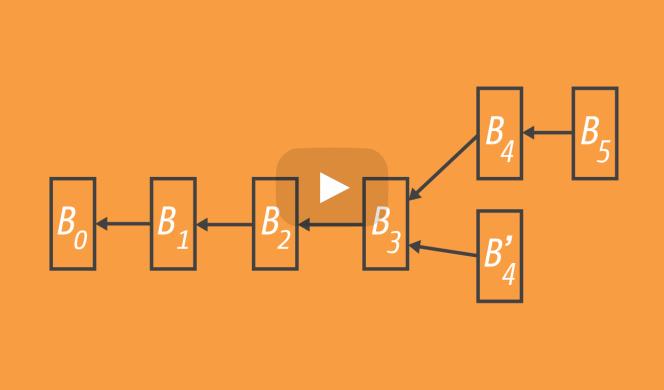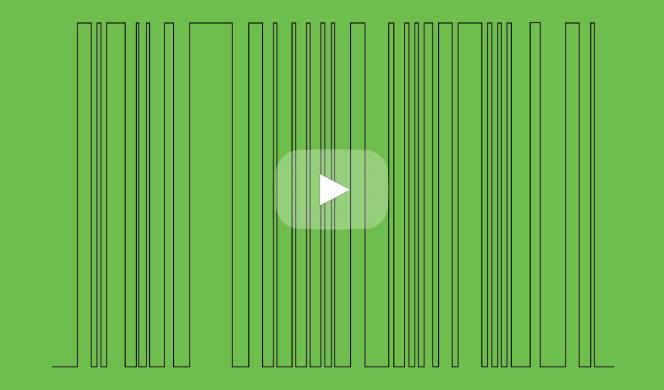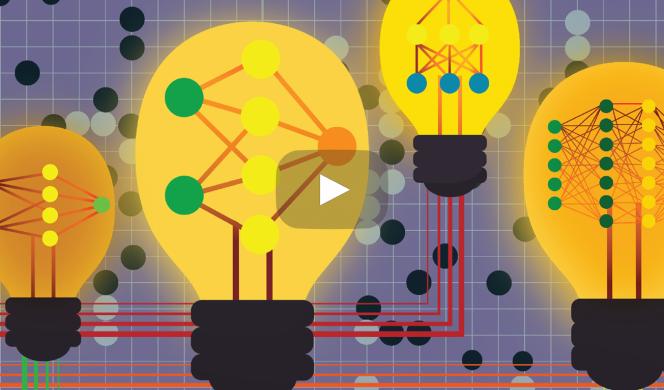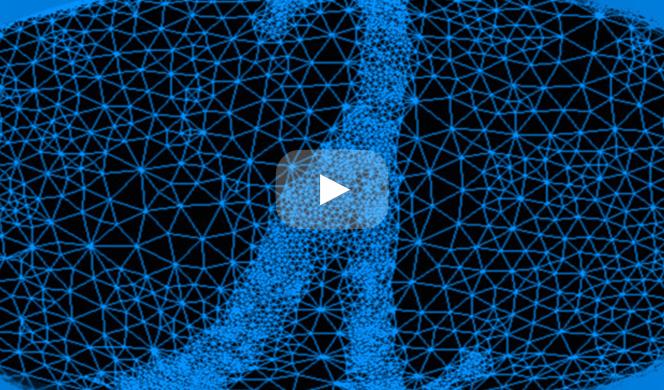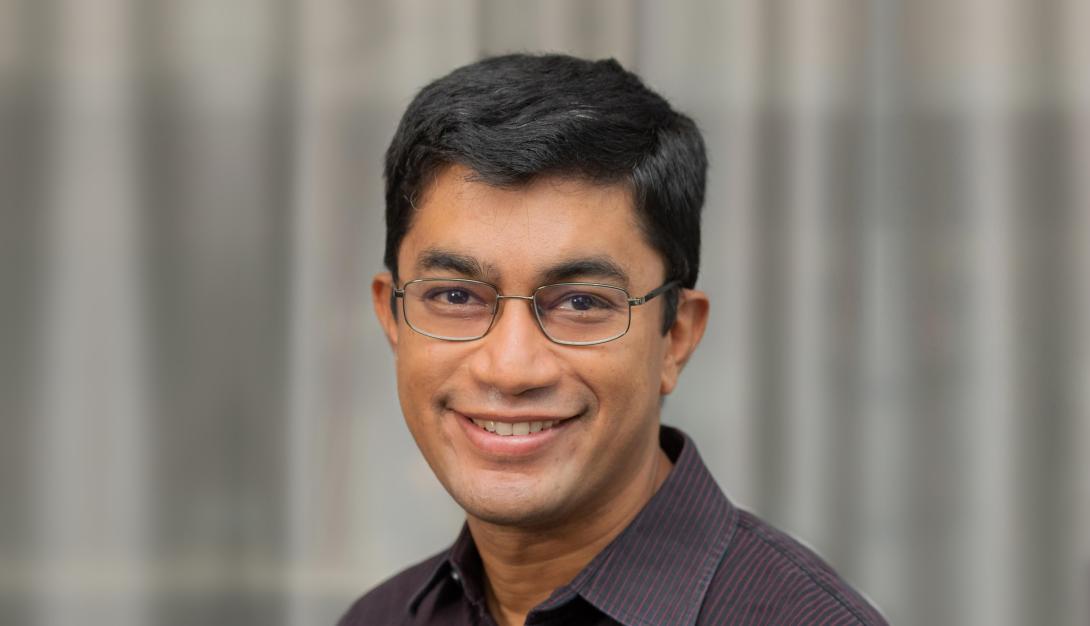
Greetings from Berkeley, where we’ve recently welcomed a merry band of cryptographers for what promises to be an outstanding summer program on...
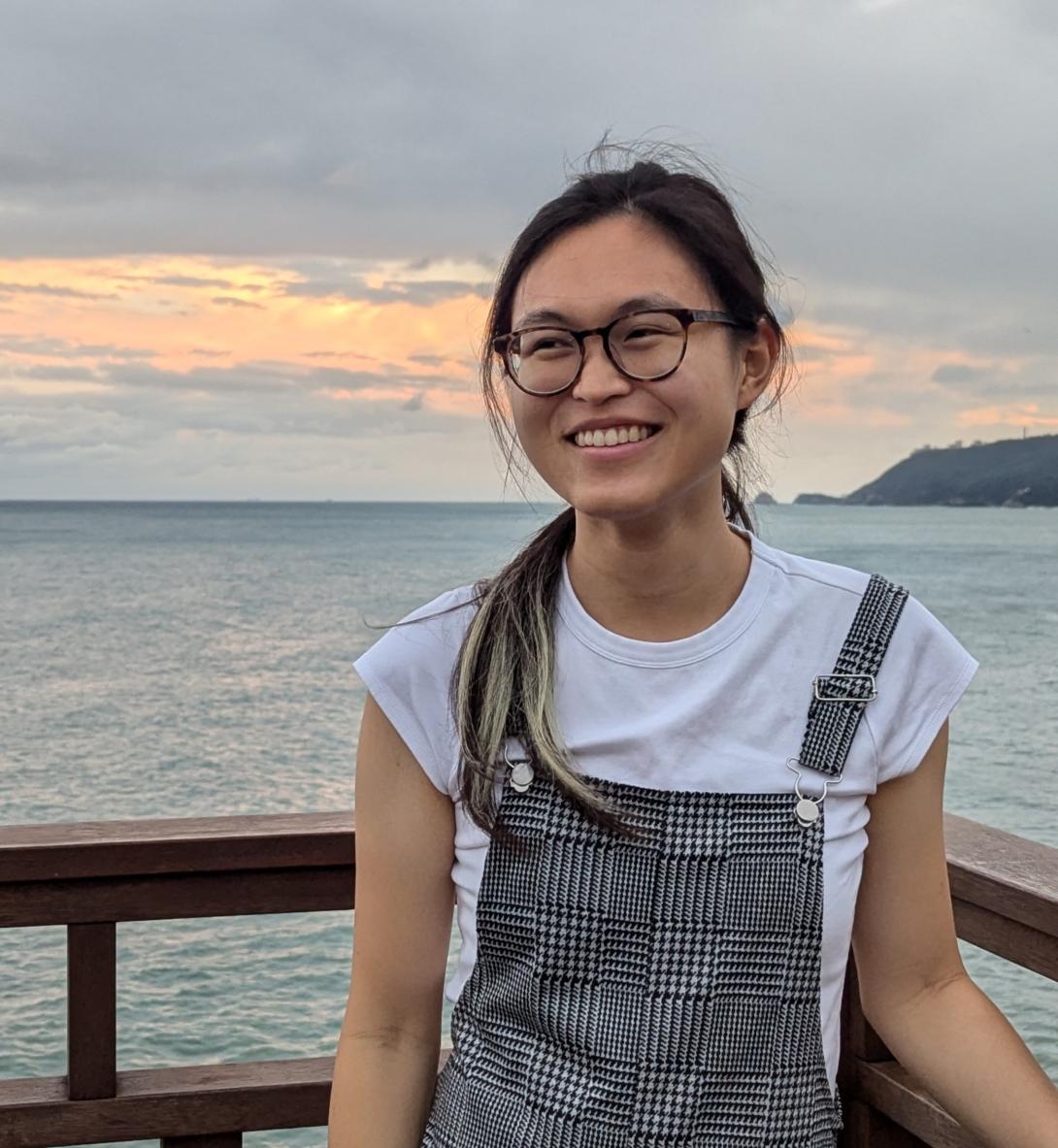
We’re delighted to share that Miller fellow and Simons Institute Quantum Pod postdoc Ewin Tang has been awarded the 2025 Maryam Mirzakhani New...

This month, we held a joint workshop with SLMath on AI for Mathematics and Theoretical Computer Science. It was unlike any other Simons Institute...

Simons Institute Director Shafi Goldwasser is an investigator on Project CETI, which uses advanced machine learning to decipher the meaning behind sperm whale clicks. The research project is one of a small number of initiatives featured in this New York Times article about scientific efforts to translate animal communication.
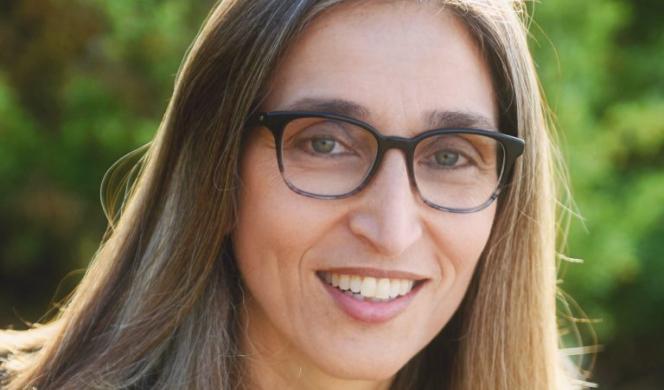
We are delighted to announce that Sandy Irani will be the Simons Institute’s next associate director. Her appointment begins this month.

Berkeley researchers are part of a newly launched multidisciplinary project aimed at cracking sperm whales’ Morse code-like communications off the Caribbean island of Dominica.




